Prepare for
Pent-Up Demand
Understanding the post-pandemic consumer and how to drive customer loyalty

Get ready, the roaring 2020s are coming
Around the globe, people have been having some iteration of the same conversation for the past 12 months. It goes like this: “I can’t wait to buy/see/do/go xyz when the pandemic is over.”
Everyone’s pandemic experience has been different, but one thing is universal: the desire to get out and experience all of the things that have been denied since March 2020.
Outside of the anecdotal, there are strong hints that the economy will make a roaring comeback as the pandemic subsides. Economists at Goldman Sachs forecast the economy will grow 6.8% this year and unemployment will drop to 4.1% by December. The National Retail Federation also expects retail sales to grow between 6.5% and 8.2%.
As a marketer, you need to prepare now to meet this demand surge. But there’s a catch. Going back to your old ways of doing things won’t work. Consumer behavior has been transformed by the day-to-day realities of the pandemic and to win their newly freed dollars, you need to understand how their needs, wants and budgets have changed.
The pandemic shook up and accelerated everything, including decades-old brand preferences and loyalties. You need to make sure you are in a position to win back customers who might have strayed and those who are looking for new products or experiences.
There is another factor that will affect the post-pandemic surge—the desire to spend intelligently. This might seem in contrast to an increase in demand, but people will not soon forget the economic doomsday scenarios forecast at the start of the pandemic and many have lost sources of income. A Honey survey found that 75% of Americans are seeking out more coupons and promo codes and 79% say that discovering a deal is even more important than it was before the pandemic.
So, what will the next 12-24 months look like and how can you prepare to meet the post-pandemic consumer where they are?
Read on.
Wellness + Beauty

WHAT CHANGED?
The wellness boom was well underway when the pandemic began, but with last March’s lockdown orders, consumers finally had the time to pursue their wellness and health goals. This meant an intense interest in at-home workouts, DIY beauty care and mental health.
In the beauty world, consumers quickly learned how to dye their own hair, do their own nails and perform other procedures they would have gone to a salon for previously. According to McKinsey, sales for nail-care products rose 218%, hair color 172%, and bath and body products by 65% compared to the same period in 2019.
Some of this growth can be attributed to an increased focus on self-care while the rest came from necessity. Although most people will likely return to salons for more complex beauty procedures, it’s safe to assume that they will also continue to invest heavily in the at-home self-care products they’ve come to enjoy over the course of the pandemic.
The explosion of at-home workouts followed a similar thread as consumers were suddenly forced to find alternatives to the gym. Peloton saw its first-quarter revenue jump 66% year-over-year and other virtual fitness brands like Jetsweat, Obe and Melissa Wood Health saw similar boosts.
While virtual workouts won’t totally replace physical gyms or studios, consumers will likely seek a balance between the two depending on their day-to-day schedules and desire to connect with others.
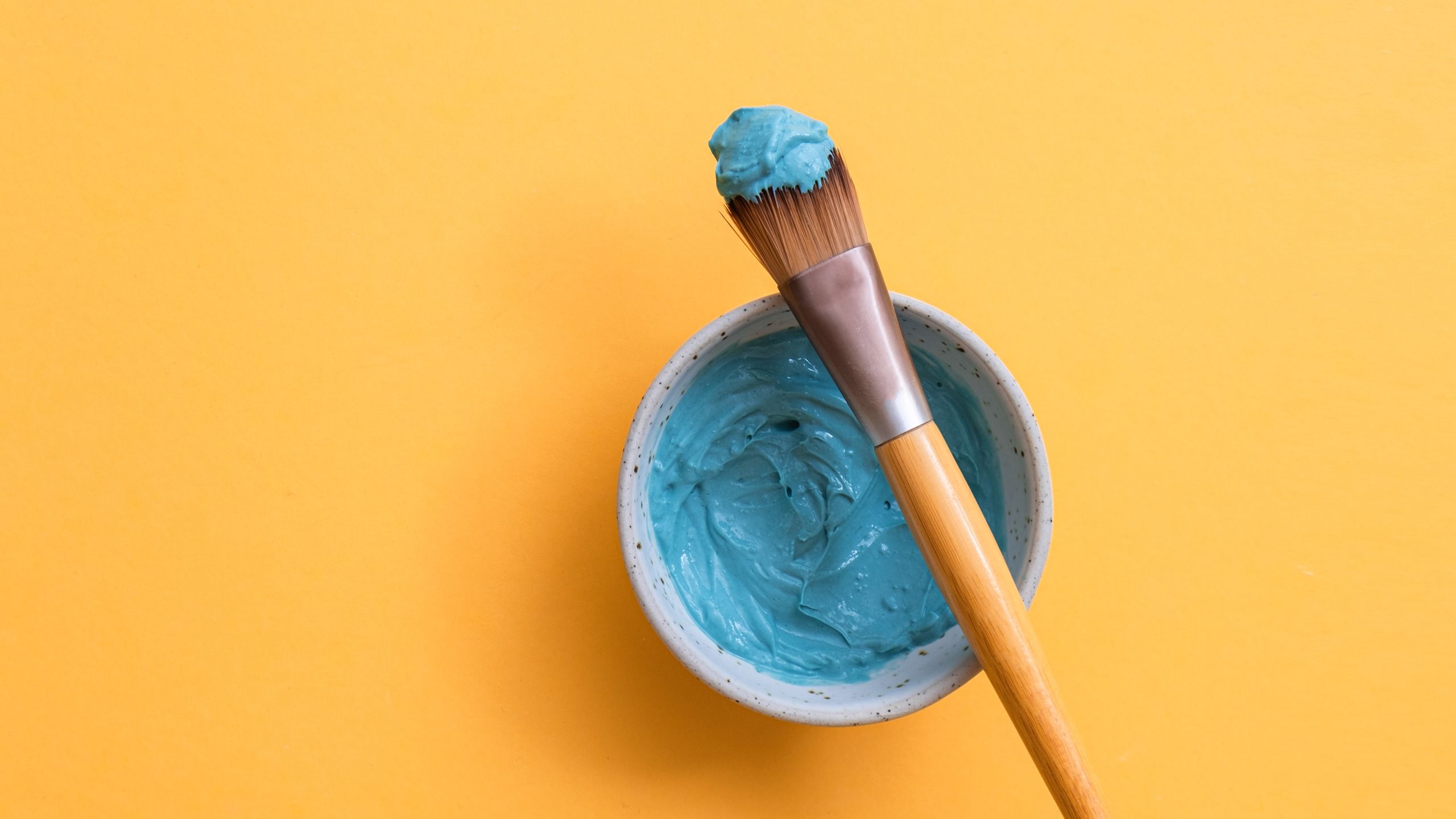
THE POST-PANDEMIC CONSUMER
The future of the wellness and beauty industries will revolve around a hybrid at-home and in-person model. The key to winning over the post-pandemic consumer will be flexibility, expansive virtual offerings, and the strategic offering of deals and promotions.
This newly liberated consumer will also be focused on their health more holistically and on the everyday things they can do to live their best lives. For example, instead of taking a once-weekly $40 in-person boxing class after work, a consumer might invest in a set of gloves and a bag, then aim to spend 20 minutes a day practicing their skills and going into a class once a month for the community aspect.
PREPARE TO DRIVE LOYALTY
Many consumers tried almost every home workout/new wellness trend they could at the start of the pandemic. If you want consumers to continue buying the products they discovered out of necessity during quarantine, use deals or sales as an incentive. This will endear them to you and communicate that you still care about their beauty and wellness goals, no matter the state of the world. Almost half (47%) of consumers surveyed by Honey say they get competitive when it comes to finding a good deal. In the wellness world, this is a sentiment that can easily be channeled into a CTA for engaging further with your workout or beauty product.
No matter if they are back going into the office a few days a week or homeschooling full-time, consumers will still want flexibility and the ability to work out or practice wellness whenever and wherever it fits into their schedule. Offering deals for longer-term commitments or subscriptions will help communicate you’re invested in their long-term well-being and secure a commitment upfront. From there, earning their loyalty comes down to wowing them with your expansive virtual offerings and overall high-quality experience.
Apparel
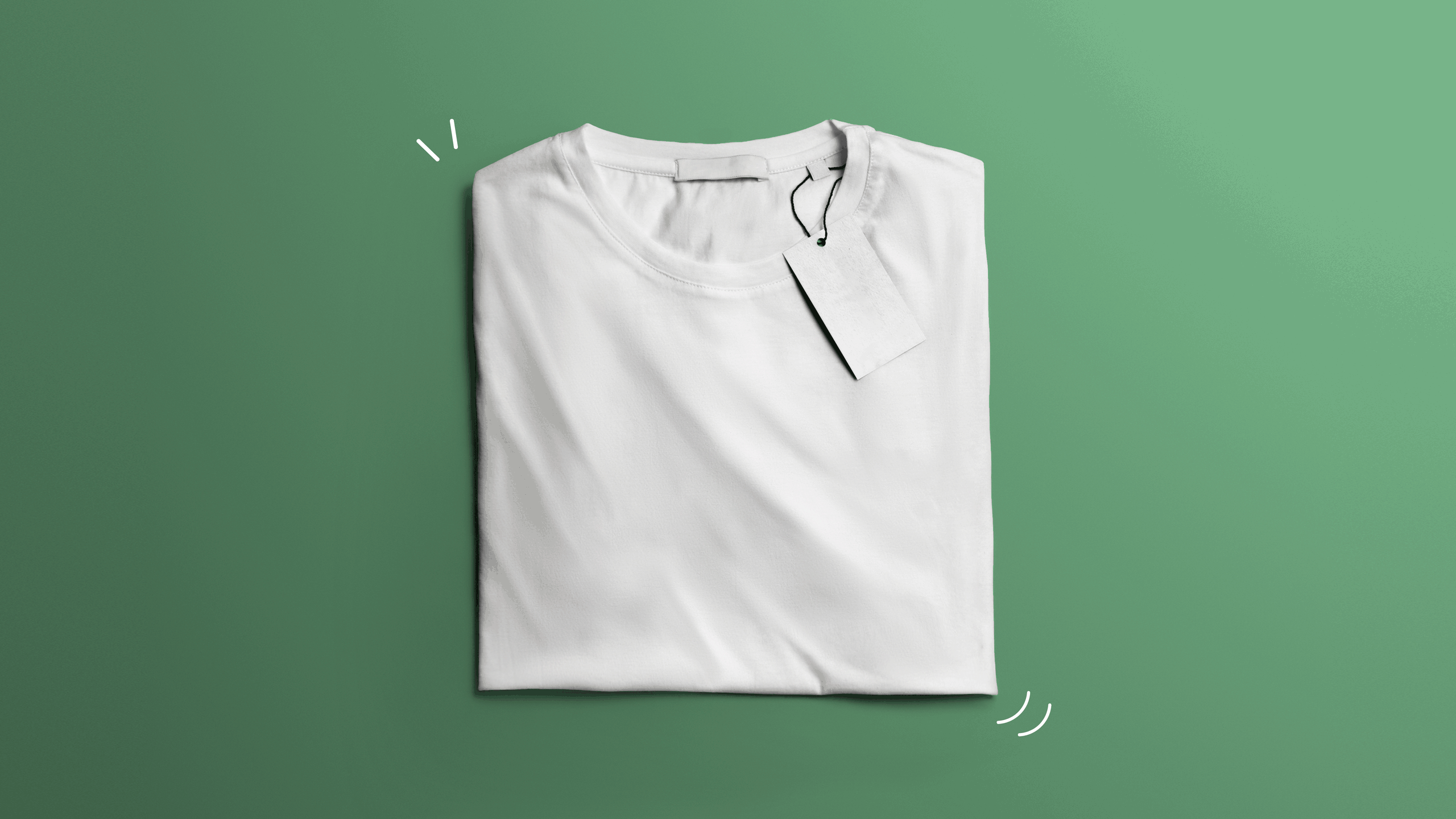
WHAT CHANGED?
Americans were already wearing lounge and athleisure wear a questionable amount, but the pandemic took things to another level. But even wearing your comfiest sweats 24/7 can get old, and retailers and fashion brands are predicting a resurgence of interest in real clothes. As Steven Kolb, head of the Council of Fashion Designers of America told Fast Company, “Fashion is a pendulum. It goes from one extreme to another and that will happen again here.”
So other than people’s desire to finally shed their nap dress or sweatpants, how has the industry changed? Ecommerce adoption was already high, but the pandemic pushed it over the edge. Consumers can now get literally anything online, so going forward physical storefronts will become places of discovery or experience rather than places where transactions take place.
The pandemic also put into sharp relief issues with supply chains around the globe. Brands big and small will be taking a hard look at where and how their products are made. Getting this right will be key as demand ramps up.
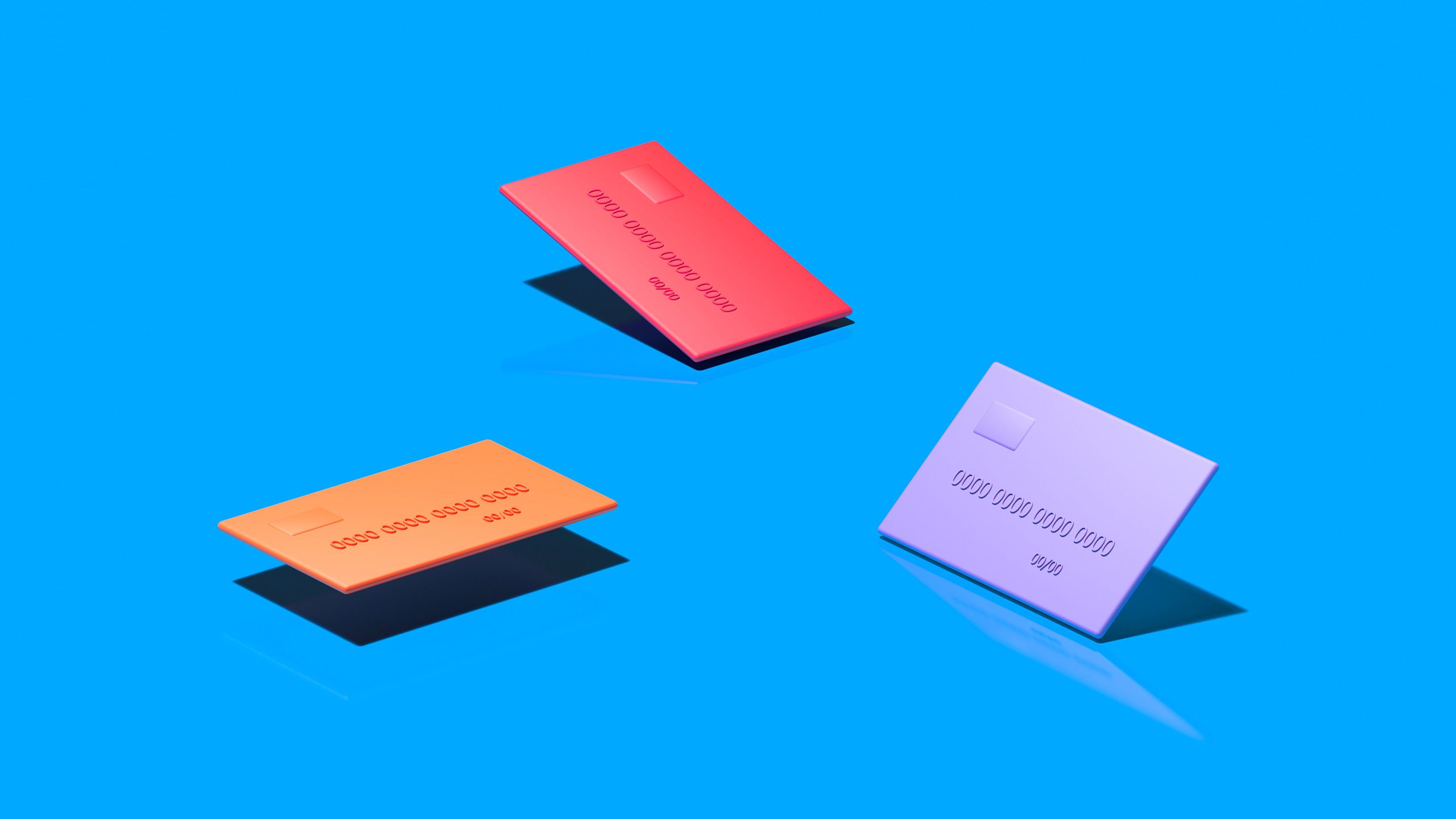
THE POST-PANDEMIC CONSUMER
While the post-pandemic consumer won’t jettison loungewear entirely, they will be eager to shop for special dress-up occasions as they get more comfortable leaving the house. Their expectations for ecommerce experiences will get even higher. Quick and easy exchanges and interactive websites will be crucial as consumers start searching for their post-pandemic wardrobes.
Social shopping on Instagram and TikTok is also about to have its moment. According to Honey research, 52% of consumers have increased deal sharing since before the pandemic and 62% feel it’s important to share deals with family and friends. Over half of Gen Z respondents (52%) said they share deals on Instagram and 37% share deals on TikTok.
Although the excitement is there, the pandemic negatively affected many people’s financial situations, and pay-over-time options like Afterpay, Klarna and Pay in 4 with Paypal will continue to be popular. Similarly, deals will be crucial for consumers across the board as they try to balance budgets and celebrate pandemic-era restrictions coming to a close. A good 37% of people surveyed by Honey said they spend one to two hours a week looking for deals and 20% spend between three and four hours. If you can make life easier for them by surfacing any deals early and often, you’ll make their day and earn their loyalty.
PREPARE TO DRIVE LOYALTY
A majority of people (82%) are more likely to return to a site once they see a deal, according to Honey research. So, strategically using deals and rewards and creating pay-over-time options will be crucial. Consumers get excited by really great deals. Having them associate those positive emotions with your brand will serve you in the long run as they return to your site in search of another deal and the excitement that comes with it.
Honey research also found that consumers have new anxiety around paying full price, and marketers should do everything they can to assuage those concerns. Over half (61%) of the survey respondents said they feel buyer’s remorse within a few hours of making a full-priced purchase and 22% said they felt guilt when paying full price. Those are definitely not emotions that will keep customers coming back, so do everything you can to make consumers feel like they are getting a great deal.
And last but not least, if you don’t have a social commerce strategy it’s time to get started. While the ecommerce tools on TikTok are still in the early stages, it’s crucial you establish a brand presence on the platform and create relationships with relevant creators so that you are well-positioned when the tools do become available. Same goes for Instagram. Consumers are deal-hunting, sharing and shopping on the platform, so make sure you have the content and relationships to thrive on the platform.
Grocery

WHAT CHANGED?
The pandemic was a boon for the grocery industry. As the world reopens, the challenge for many grocers and food retailers will be creating loyalty, streamlining and upgrading the ecommerce experience, and keeping people enthused about dining at home.
In a nascent stage before lockdowns began, grocery ecommerce boomed and proved to previously hesitant consumers that a stranger could successfully pick out their avocados. Emarketer forecast that online grocery sales grew by nearly 53% in 2020 and that they will reach $129.72 billion by 2023 and account for nearly 10% of total grocery sales.
In particular, consumers took a liking to BOPUS (buy online, pick up in store) shopping. Albertson’s reported that its “Drive Up and Go” service grew 800% in Q3 2020 and Target reported its drive-up offering grew 500% between November and December 2020.
The brands that succeeded during the pandemic were those that were able to keep up with this type of demand and innovate quickly to create seamless experiences. Retailers like Kroger and Walmart that had been quietly investing in digital fulfillment solutions for the past few years saw their investments pay off in a big way.
As the online buying boom settles, the trick for retailers will be creating experiences that encourage people to continue cooking at home, bring down the costs of fulfillment while growing basket sizes and thinking outside of the box to create deep-rooted consumer loyalty.
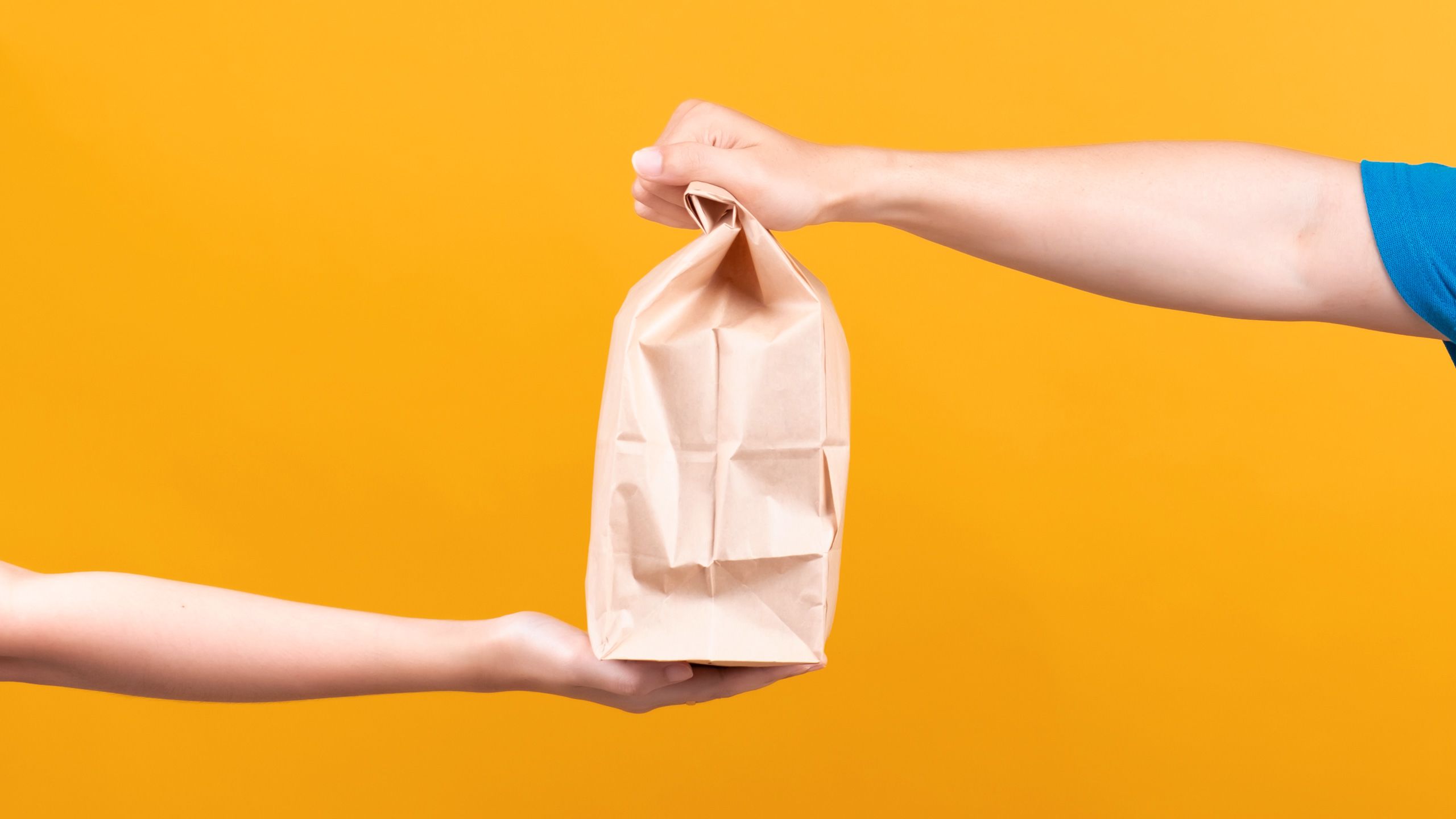
THE POST-PANDEMIC CONSUMER
Many consumers had their first foray into cooking all of their meals at home when dining options became severely limited in March 2020. Although this new interest in home cooking was born out of necessity, early research indicates it will stick.
After the pandemic ends, 71% of people will continue to cook for themselves, according to a survey from consumer research firm Hunter. The same survey found this behavior is motivated by a desire to save money, eat healthier and put the new kitchen skills they’ve learned to use.
In terms of brand preferences, the combination of shortages, a desire to save and boredom caused many to try out new products and labels. A majority (86%) of people in a survey conducted by Oracle said they explored store-owned brands and private label alternatives during the pandemic. And 32% said they had no plans to return to their previous favorite brands while 34% said they would buy a mix of new finds and old favorites moving forward. Only 20% said they would fully go back to their preferred brands.
PREPARE TO DRIVE LOYALTY
A seamless ecommerce experience is your first key into the post-pandemic consumer’s heart and wallet. Websites and mobile apps shouldn’t just be easy to use, they should be enjoyable and easily fit into this new consumers’ more active lifestyle. Whether this means offering meal planning suggestions, “buy again” lists or an AI assistant, the entire experience should be reexamined. Deals and promotions should also be central to this reimagined, seamless experience. A product like Honey’s Droplist, that notifies consumers when prices on certain products drop, could be a fun way to keep shoppers engaged and drive the positive emotions that come with the opportunity to save.
Grocery store loyalty programs are also long overdue for an overhaul. Instead of focusing on typical points-for-dollars-spent programs, marketers should think about what they are uniquely positioned to offer based on their brand positioning and values. This could translate into partnerships will other retailers, free home delivery or a personalized meal planning service. For example, Dorothy Lane Market, a local grocer in Ohio, highlighted its commitment to the local community by offering its loyalty club members deals at local landscapers and fitness studios, according to Grocery Dive. Communicating what your new and improved loyalty program offers and how it’s unique will be crucial to getting consumers on board
Travel + Tourism

WHAT CHANGED?
Everyone is eager to get out of the house, but comfort levels with travel vary across age groups. Research from Deloitte found that 36% of millennials are intending to stay in a hotel at some point over the summer and 34% are intending to fly domestically. As of May 2020, 30% of 18–34-year-olds were actively looking for travel deals, compared to 27% of 35–54-year-olds and 15% of people 55 and up, according to the same Deloitte research.
Similar to other categories, budget-friendly travel and flexibility will be crucial for consumers looking to get out on the road. With international travel unlikely to come back in full force until global vaccine rates are up, the next 12-24 months will be all about local travel and road trips.
If consumers are flying, however, they will be hard-pressed to give up the flexibility that airlines were forced into offering during the early stages of the pandemic. The first airline to bring back change fees and tighten refund policies will lose consumers fast.
Safety will be paramount no matter where the consumer is going or how they will get there. This means even more touchless options, increased sanitation practices and the ability to communicate what is being done without alarming anyone.

THE POST-PANDEMIC CONSUMER
U.S. consumers are known to quickly cut travel from their budgets after financial downturns or other disruptions to income. The same Deloitte research cited that nearly 40% of American consumers went the entire year following the 2008 crash without spending on a vacation, and that the trend lasted for three years. So, while consumers are interested in getting back on the road, they have a major interest in finding ways to do it cheaply.
The other aspect that will define the post-pandemic traveler is flexibility. It will be critical to let consumers know that you understand they are hesitant to make any hard and fast plans and that you are willing to work with them.
Another key theme will be sustainability. Many consumers woke up to the detrimental environmental effects of their jet-setting lifestyles and are keen to spend their dollars with brands that have committed to sustainability. Remember, consumers, and especially Gen Zers, can smell disingenuous marketing from a mile away. So, if you want to make a values-based appeal, make sure you have the policies and practices to back it up.
PREPARE TO DRIVE LOYALTY
A 25-year-old taking their first post-pandemic trip will have very different wants and needs from a 70-year-old retiree, so it will be crucial for marketers to refine their communication strategies for different consumer segments. One place this won’t apply is around safety and cleanliness. Do everything you can to communicate your sanitizing and safety procedures and be ready to answer to consumers who want even more.
To circumvent Americans’ tendency to cut travel from their budgets during economic uncertainty, try offering welcome back deals and promotions. This will help assuage concerns about spending on something that could be deemed unnecessary and further signal your excitement to welcome them back.
Driving loyalty will come down to how seamless, flexible and budget-friendly you can make your experiences. If you have a loyalty program in place that requires travel to build points, look at how you can keep consumers feeding into the program without them going anywhere. For example, offering points on virtual experiences or on dollars spent with retail partners.
Your Next Steps

No matter what industry you’re in, understanding the post-pandemic consumer will be crucial to your business’s long-term health. To make sure you are in a place to act on the new needs and wants of this consumer, there is some internal business you’ll need to take care of as soon as possible. These are the three things to do before getting any further into the post-pandemic world.
DON'T WAIT TO PREPARE
We get it, the last year has been a roller coaster of change for everyone, both personally and professionally. Depending on your industry, you might be hanging on by just a thread. But the demand surge is coming, and you cannot ignore it. Start to gather data specific to your location, industry and target demographic to understand when the surge will likely begin and what it will look like. Increase communication with stakeholders across departments to understand what their go-forward plans look like and identify any supply chain or other logistical issues that might come up. You can bet your competitors are thinking along the same lines, so when the gates open, don’t let yourself start behind the pack.
START A CONVERSATION WITH
YOUR MOST LOYAL CUSTOMER
Reach out to your loyalty club members and big spenders and ask them directly about their expectations for the post-pandemic world. It might seem analog, but sending a simple survey asking about any new wants, needs and desires could reveal some hidden opportunities. This goes for all things product and experience related as well as your values, policies and practices. Between the social justice movement of the last year to all things political, many consumers are rethinking how and why they spend their money. Make sure they know you are ready to listen.
TAKE ADVANTAGE OF DEALS AND REWARDS
At the risk of sounding like a broken record, we will say it again: Many consumers are on shaky financial ground or are more motivated than ever to save and prefer brands that can offer them savings. When you can offer a consumer a deal or promotion, you’ll help them meet their budget goals and give them the satisfaction of feeling like a savvy shopper.
Working with a partner like Honey will allow you to meet this need and simply make your customer happy. Deals offered at the right place and time will increase future engagement with your brand and product and make the consumer feel like you’re in their corner. In fact, Honey research found that people who redeem an offer are 83% more likely to return to that store within a seven-day period, overall increasing their loyalty to the store. As the demand surge builds, don’t miss your opportunity to pull shoppers in with rewards and deals.



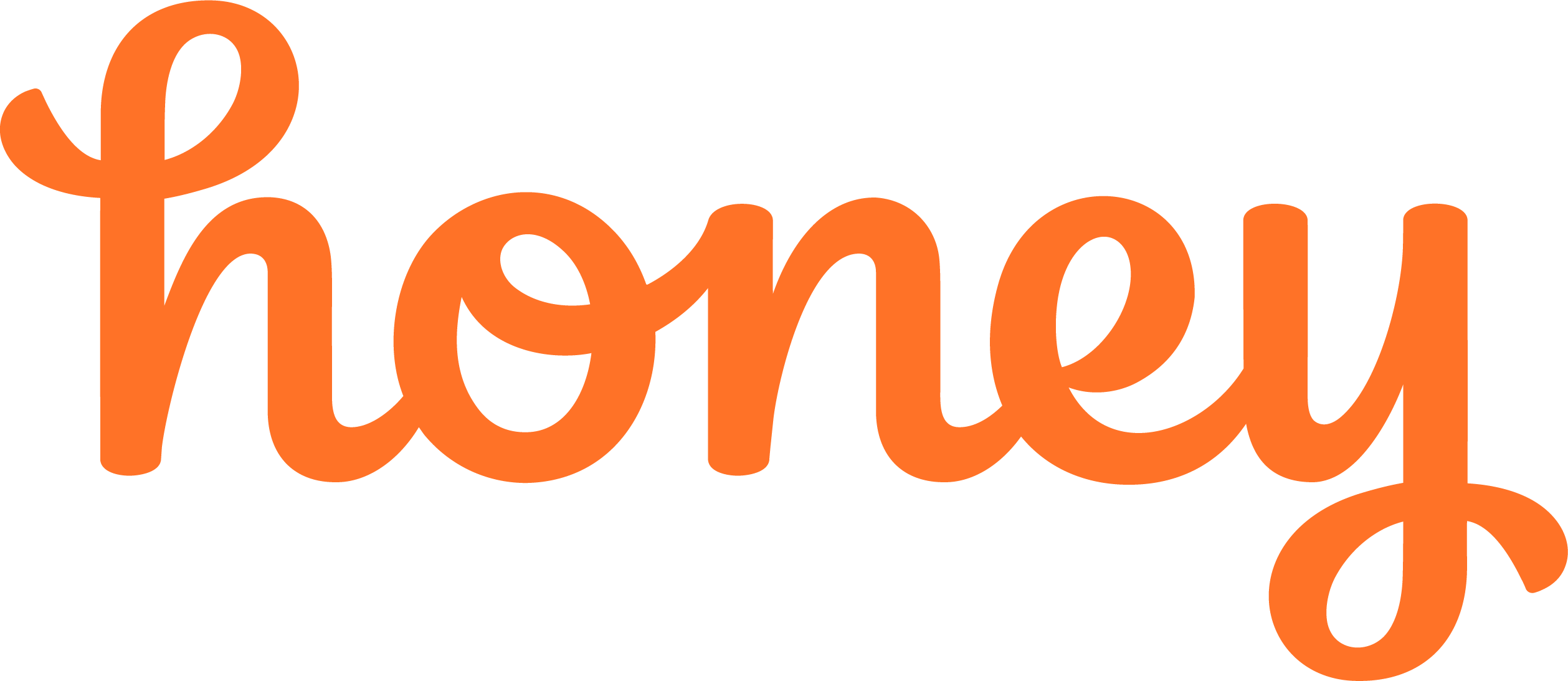
 Built with Shorthand
Built with Shorthand





